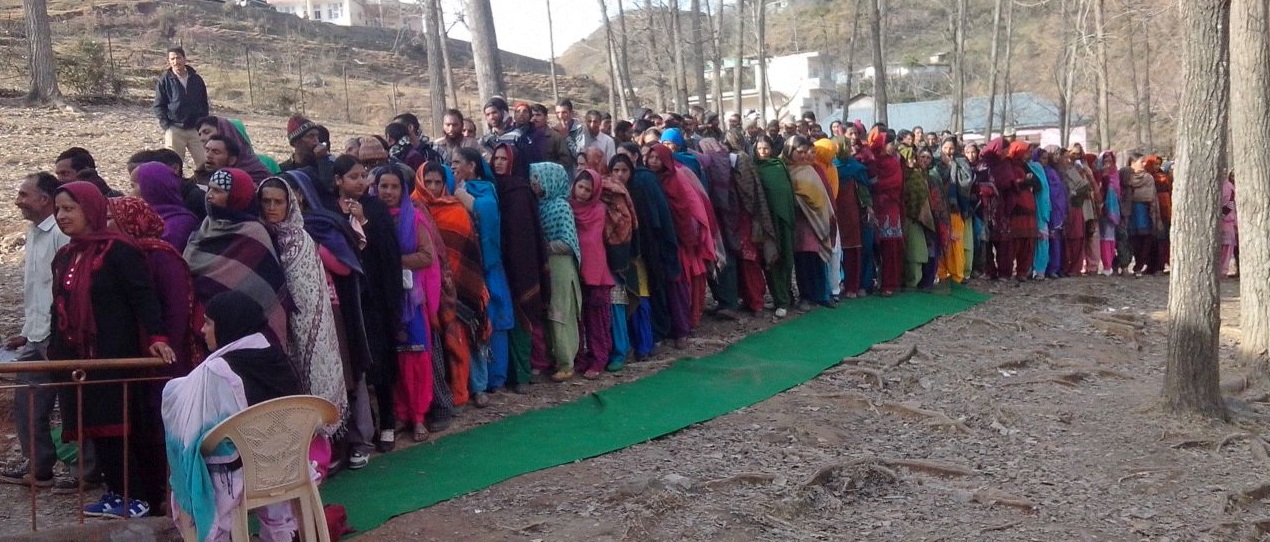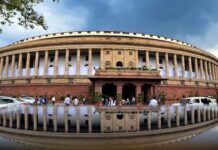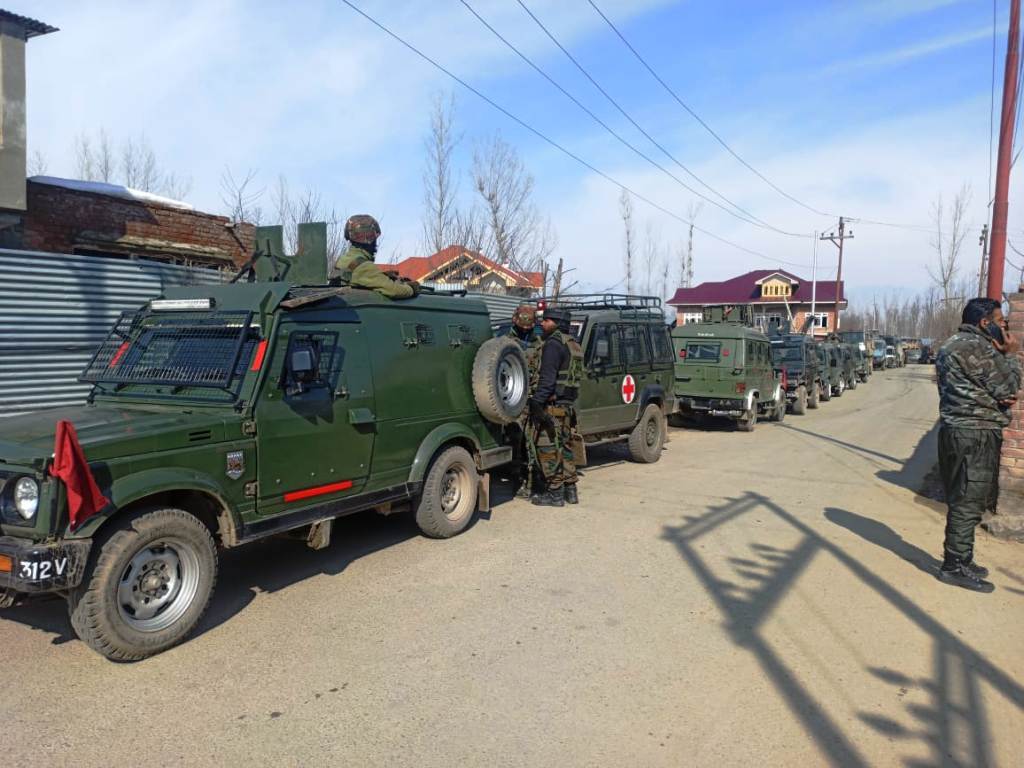SRINAGAR: Nearly four years after being dissolved, the absence of the Jammu and Kashmir assembly is likely to affect the upcoming presidential elections in India. Scheduled to be held in July, President Ram Nath Kovind is going to complete his term on the 24th of the month.
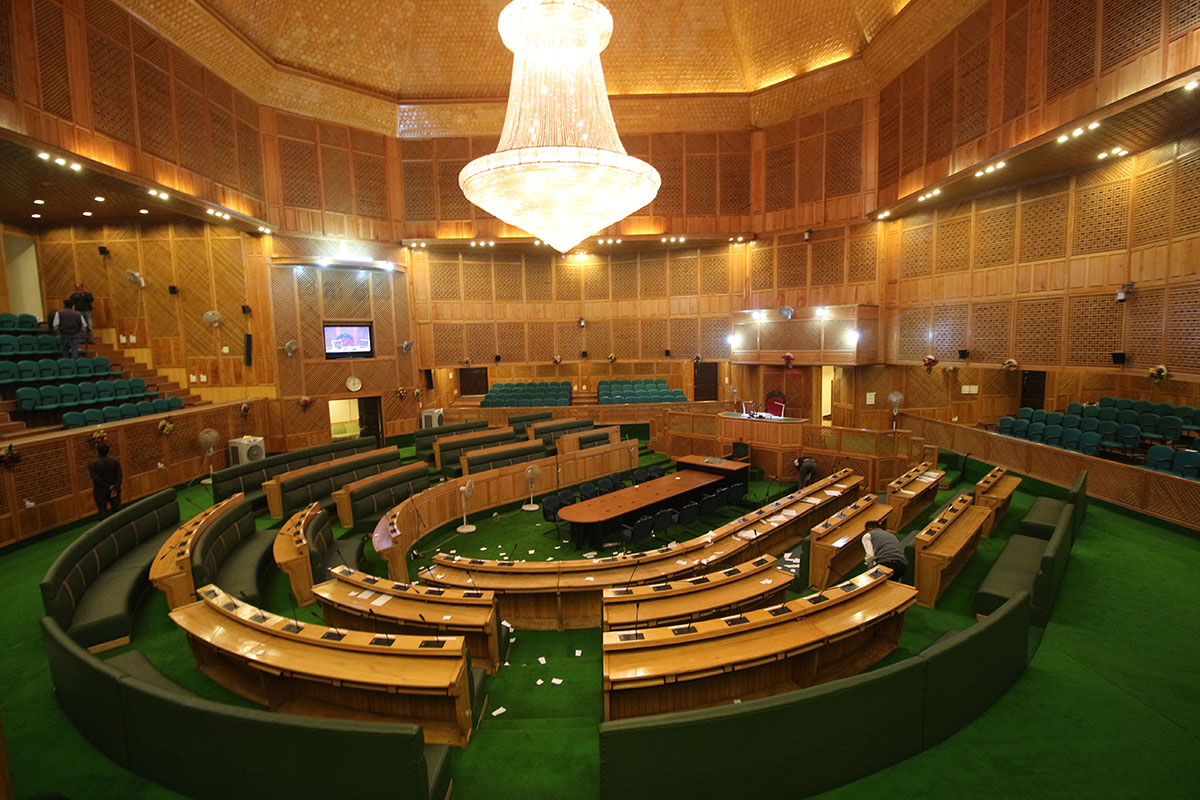
As per the official calculations, the value of the vote of a Member of Parliament is likely to go down by eight notches, from 708 to 700 in absence of a legislative assembly in Jammu and Kashmir.
With a strength of 83 assembly seats, the erstwhile state of Jammu and Kashmir was bifurcated and downgraded into two union territories in August 2019.
According to the new act governing the region, the Jammu and Kashmir reorganization act, the UT of Jammu and Kashmir will have a legislative assembly; however, UT Ladakh will be governed directly by Delhi.
As the reports emerging in the media suggested, the government was willing to hold elections to the legislative assembly after the completion of the delimitation of the assembly.
Last week, the Delimitation Commission notified its final order for J&K in which it has recommended a 90-member House for the newly carved out union territory.
Calculation
As per the procedure in place, the Electoral College for presidential election consists of the 776 MPs of the Lok Sabha (543) and Rajya Sabha (233), as well as MLAs of state Assemblies and the Union Territories with assemblies, which now includes Jammu and Kashmir as well. As per the data available, there are 4120 MLAs, taking the total strength of the electoral college as 10,98,903 votes.
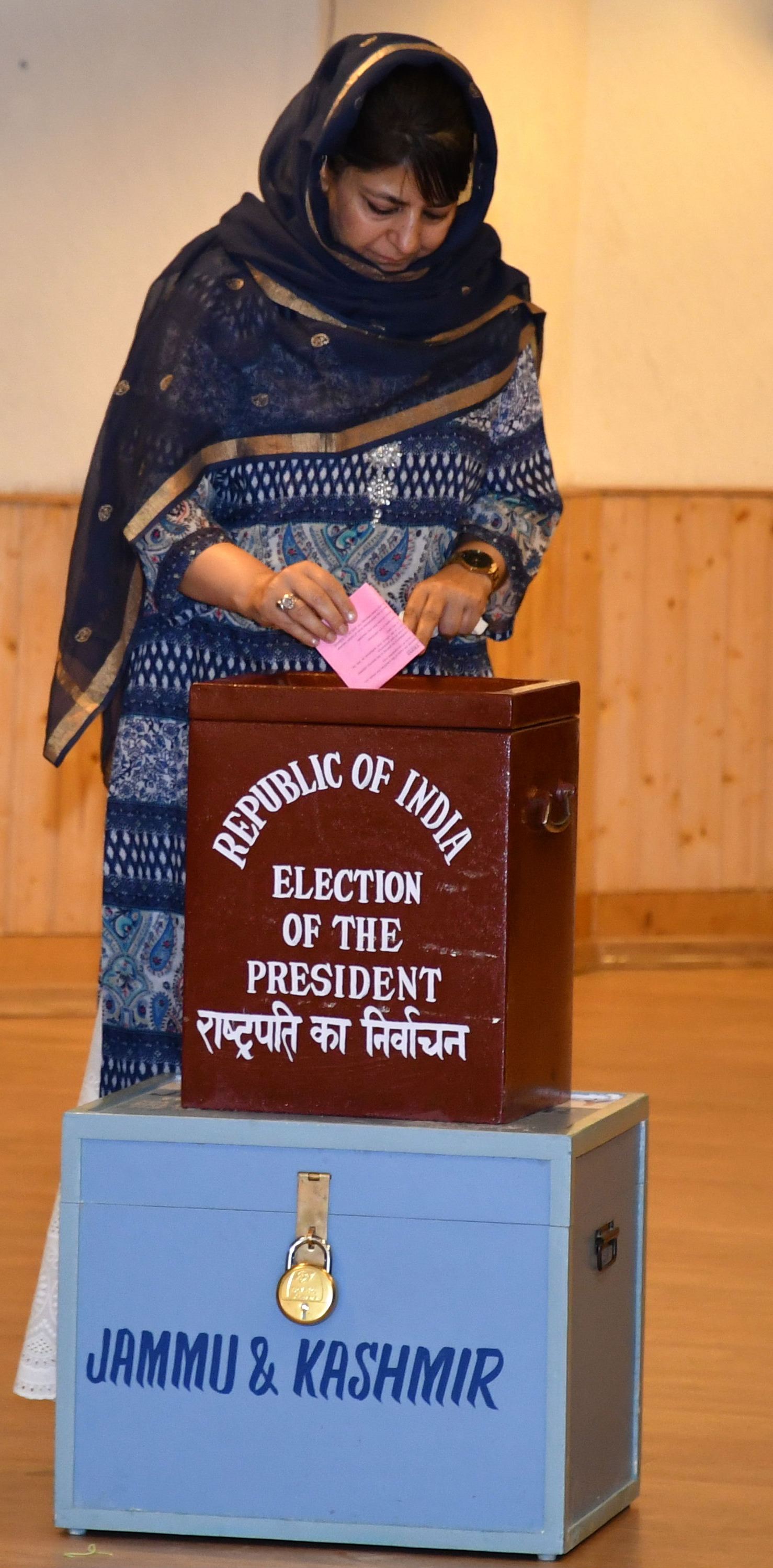
The value of the vote of an MP in the present setup is based on the number of elected members in legislative assemblies of states and union territories, including Delhi, Puducherry, Jammu and Kashmir.
Since the 1997 elections, the value of the vote of a Member of Parliament has been fixed at 708.
Initially, in 1952, the value of the vote of a Member of Parliament for the first presidential election was 494. Later, it increased marginally to 496 in 1957, 493 in 1962, and 576 in 1967 & 1969. The presidential elections were held in 1969 due to the death of President Zakir Hussain on May 3, 1969.
In 1974, the value of the vote was 723 and for the presidential elections from 1977 to 1992, it was fixed at 702.
Besides, the total votes are counted on the basis of their value, which varies from state to state, with an Uttar Pradesh MLA carrying the highest value followed by Maharashtra and West Bengal.
For an MLA, this value is determined by a formula involving the population (based on the 1971 Census) of the state he/she represents.
After the nominations are filed, the MLAs, in their states and Union territories, and MPs, in Parliament, are given ballot papers (green for MPs and pink for MLAs) to cast their votes.
Not The First
It is not the first time that legislators of the assembly will not be able to participate in the presidential polls.
In March 1974, following the Navnirman Andolan in Gujarat, the 182- member Gujrat assembly was dissolved. Subsequently, before the presidential polls, the assembly could not be formed and Gujrat that year did not participate, Fakruddin Ali Ahmad was elected.
The July
As Ram Nath Kovind completes his term on July 24, 2022, his successor is to be elected before that by holding the 16th presidential elections in India. If recent victories are an indicator, NDA has a bright chance for its candidate but is at least 1.2 percentage points away from the 50 per cent vote share it requires for its candidate to win the presidential poll. However, opposition parties have indicated their intention to put up joint candidates for the two posts.
In 2017, NDA’s candidate Ram Nath Kovind bagged 661,278 votes (65.65 per cent) while Congress-led Opposition’s Meira Kumar won 434,241votes (34.35 per cent). At that time, the NDA was in power in 21 states. Today, the BJP-led NDA is in power in 17 states.




